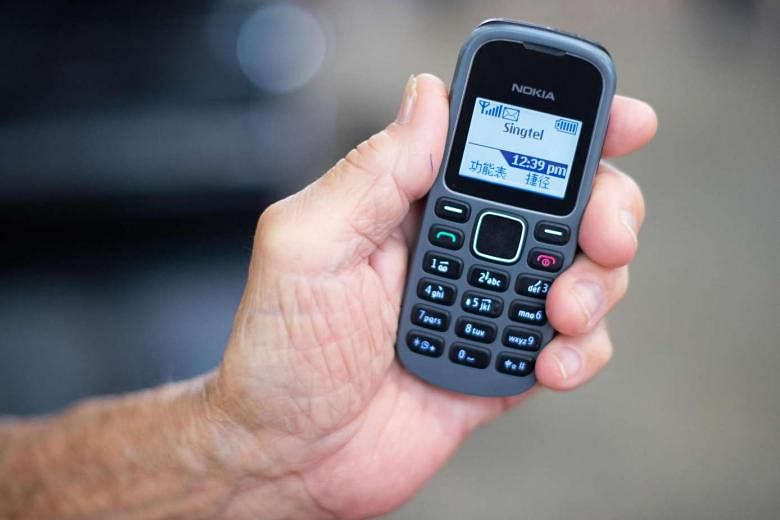SINGAPORE - From April 1, Singapore's 2G mobile network will be gradually shut down, with a complete cessation of 2G mobile services by April 18. In other words, you won't be able to make calls, send SMS/MMS or use mobile data with a 2G mobile phone.
Here are six things about the 2G shutdown.
1. How do I check if I have a 2G handset?
Next to your phone's signal bar indicator, there is a symbol to indicate the type of mobile network. If you see "3G", "H+", "4G", "4G+" or "LTE", your phone is a 3G/4G handset. If you do not see these symbols, you should check with your telco.
2. Do I need to recontract or change my mobile plan?
No, your current mobile plan supports 3G and 4G networks. To continue using mobile services, you have to use a 3G or 4G handset and ensure that your phone's network settings is set to 3G or 4G.
3. Do I need to change my SIM card?
No, all SIM cards support 3G and 4G networks. However, newer phones use smaller SIM cards, such as micro SIM or nano SIM cards, so you may have to replace your existing SIM card to fit your handset.
4. Where can I buy a 3G or 4G handset?
Telcos offer 3G/4G smartphones in a wide range of prices. They also sell feature phones - basic phones for calls and SMS - at affordable prices (under $100). Mobile phone shops and e-commerce sites also sell feature phones.
5. Why are the telcos shutting down the 2G network?
Closing the 2G network will free up scarce airwaves that will be reallocated to improve the speed and capacity of newer, high-speed mobile services. As of last month, there are around 123,000 subscribers on the 2G network, according to the Infocomm Media Development Authority (IMDA). This is less than 3 per cent of mobile subscriptions in Singapore.
6. What is the difference between 2G and 3G networks?
2G refers to the second generation of mobile telecommunication technologies, which include standards like GPRS and EDGE that send mobile data at rates measured in kilobits per second (Kbps). 3G or third-generation mobile networks upped mobile data speeds to megabits per second (Mbps).
In other words, each successive generation of mobile networks is better equipped to deliver online content, as well as multimedia like videos and images, to users as quickly as possible.


